
New research from the Imperial College of London now offers a promising novel approach in the fight against methicillin-resistant Staphylococcus aureus (MRSA), and their findings are decidedly salty.

New research from the Imperial College of London now offers a promising novel approach in the fight against methicillin-resistant Staphylococcus aureus (MRSA), and their findings are decidedly salty.

Honeywell announced a voluntary recall of one production lot of Eyesaline Eyewash as a precautionary measure.

Cross-contamination of eggs is believed to have been the cause of a Salmonella outbreak from an Australian hotel.

Public health experts are predicting that there will likely be localized cases of the virus in flood-ravaged Louisiana as well as in Texas before the end of the summer.

The Virginia Department of Health has issued a warning stating that there is an increased risk of hepatitis A in the state of Virginia that may potentially link back to frozen strawberries sourced from Egypt.

As the rise of antibiotic-resistant bacteria leads to higher rates of life-threatening infections from pathogens such Clostridium difficile and methicillin-resistant Staphylococcus aureus (MRSA), researchers are increasingly looking to probiotic treatment as an important part of fighting infections.

A new study conducted by the University of Maryland shows that the majority of the people who think that they are allergic to penicillin are not; increased access to testing within hospitals can improve treatment.

A traceback investigation has found that raw scallops have contributed to the hepatitis A outbreak in Hawaii.

Wound care is challenging in today’s era of antibiotic-resistant bacterial infections, but healthcare practitioners treating infectious wounds have some tiny allies.
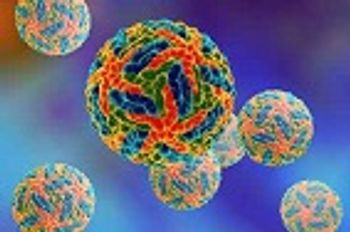
Researchers analyzed soluble forms of the B cell antigens CD27 and CD38 (sCD27 and sCD38, respectively) in the plasma of children with dengue and have suggested a role for these soluble forms as biomarkers of progression of the disease.
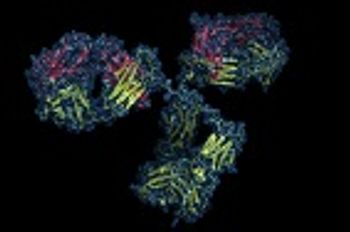
A new model of the within-host evolutionary arms race between viral pathogens and the adaptive immune responses intended to fight them suggests that vaccines based on genetically diverse sets of viral antigens may be more likely to stimulate the production of antibodies capable of neutralizing broad panels of virions.

A new study conducted by an Ebola diagnostic laboratory in Liberia has found that there is a connection between the survival of individuals with Ebola and co-infection with Plasmodium parasites that cause malaria.
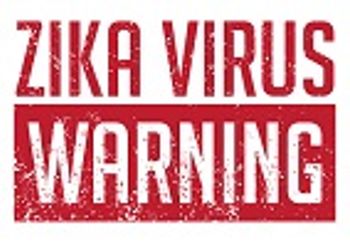
Reports of active transmission in a second area of Florida have been confirmed.

In order to control and prevent outbreaks of Salmonella, public health scientists and officials work tirelessly to ensure the farm to table chain remains free of contamination.

A UNC bioethicist is leading the PHASES Project, funded by a grant of over $3 million from the National Institutes of Health, in an effort to address the need for effective HIV prevention and treatment options for pregnant women worldwide.

Scientists at Michigan Technological University have created a process for creating synthetic DNA that prevents cells from forming harmful proteins that result in a number of maladies; this process can lead to the development of more effective gene therapy drugs.

In the first research of its kind, an interdisciplinary group of scientists analyzed three Zika strains in second trimester fetal neural stem cells (fNSC) to identify which viral proteins cause congenital microcephaly. Since Zika causes significant neurological impairment, early diagnosis is imperative.

While antibiotics serve a meaningful purpose in treating infections, appropriate use of these agents is needed in order to minimize adverse events.

Washington state recently issued food safety measures for residents after a Salmonella outbreak.

Researchers have investigated the risks and benefits regarding administering measles vaccines to infants under the age of 9 months.

According to the new study, the antibacterial response of white blood cells to the flu virus fails to target the S. aureus bacteria and instead causes inflammatory injury to the lungs and damage to surrounding tissue, creating a higher susceptibility to secondary bacterial infections such as MRSA pneumonia.

The World Health Organization has confirmed at least 46 cases of cholera in the Central African Republic (CAR).
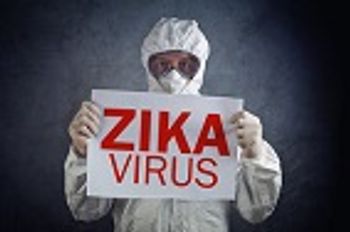
The El Paso resident is said to have contracted the infection while visiting Miami, Florida, where active Zika transmission has been confirmed

Mirus Bio, a spinoff company from the University of Wisconsin-Madison, has developed a method for “silencing” RNA against hepatitis B (HBV) that has reached clinical trials in Asia, Europe, and the United States.

A new discovery made by researchers at Harvard Medical School suggests that SED proteins, proteins that had previously been overlooked, have turned out to be “major players” in bacterial cell wall synthesis.

With the assistance of funds granted by Congress, the Department of Veteran Affairs (VA) will extend new hepatitis C (HCV) treatment to all infected veterans within their healthcare system, of all stages of illness and regardless of whether or not the infection had been acquired during military service.

The US Department of Health and Human Services has declared a public health emergency in Puerto Rico, in response to tens of thousands of Zika diagnoses.
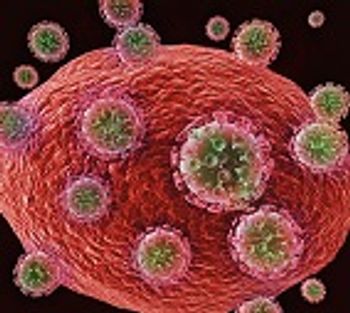
An essential component of HIV that explains how the virus infects other cells and remains undetected by the immune system has been discovered by researchers at the MRC Laboratory of Molecular Biology in Cambridge and the University of London.

The city of Manchester, New Hampshire health department reopened its Crystal Lake public beach after previous analyses found elevated levels of E. coli.

Two new cases of Polio have been discovered in Nigeria.